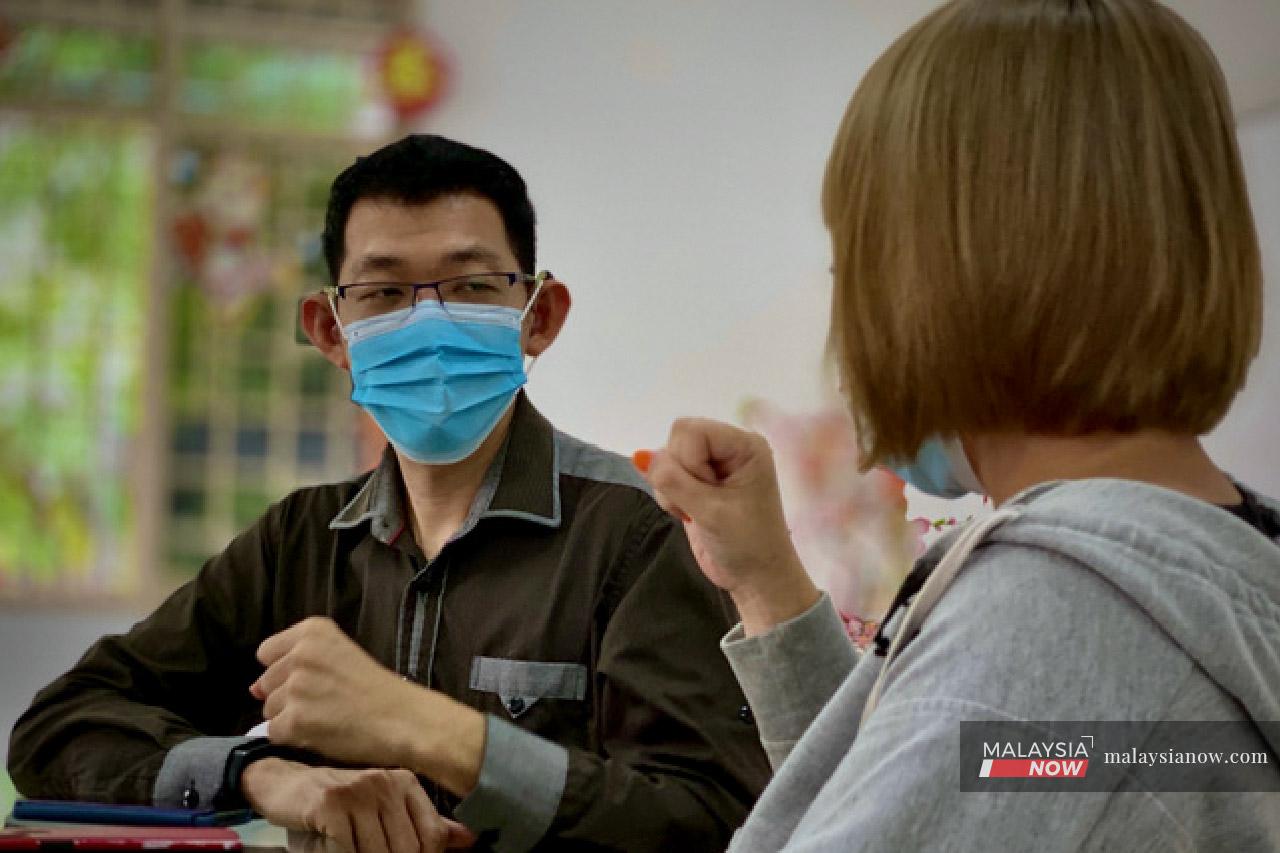Waiting for a sign in Sarawak: When the rural deaf need medical care
Lack of sign language practitioners in remote health centres is a problem for the hearing impaired.
Just In
Growing up with deaf twin sisters but being of normal hearing herself, Lorraine Mitchelle Jores naturally grew into the role of sign language interpreter almost before she could speak.
Learning Malaysian Sign Language, or Bahasa Isyarat Malaysia, was necessary not only to communicate with her older sisters but to help them deal with the world of non-signers outside their home.
Aside from helping them navigate the necessities of their everyday life, she became particularly invaluable when they needed to accomplish something more complex such as dealing with bank clerks or registering at hospitals.
At the Sarawak Society for the Deaf (SSD) building in Kuching, Lorraine, now 29, said that the first thing she thought of when she heard about Covid-19 was: what will happen when deaf people catch it?
Being deaf himself, SSD manager Ernest Ting can recall many incidents of miscommunication at hospitals and clinics.
He knows first-hand how daunting even registering for treatment can be.
“It’s always difficult because somehow I have to explain what I need to the staff. So, I communicate with the officer through writing, but the thing is, not all rural deaf people can read and write.”
Although writing notes does help the deaf to communicate with a hearing person, emotions like anxiety and panic are hard to express in writing, said Lorraine.
Abdul Shafig Saperi, 34, who is also deaf, explained that often the lack of sign language interpreters at government and private hospitals can cause all sorts of confusion and frustration for everyone.

The GrabFood delivery rider has had to call on Lorraine several times to explain what he needed at clinics. “I was alone there trying to get treatment. It was quite difficult because I had a hard time communicating with the staff.”
Despite a growing demand for sign language interpreter services, Malaysia has less than 100 interpreters to serve the needs of some 2,000 deaf individuals registered with the Sarawak Welfare Department.
For hearing people, getting the latest information on Covid-19 and the pandemic is easily done just by turning on the radio or television.
However, deaf people do not have that option as very few programmes on television have sign language interpreters.
Lorraine explained this is because of the limited financial resources available to deliver Covid-19 information in sign language.
She feels it’s a sign of the prevailing official incompetence in dealing with Sarawak’s deaf community.
“When I’m interpreting for someone, a big part of the task is that I have to explain to others who this person is and what their rights are,” she said. “I am the intermediary for the deaf. My role as interpreter is to bridge communication gaps between them and the hearing.
“The only way forward to create a more inclusive society is to provide more interpreters, particularly in rural healthcare facilities.”
At the moment, deaf people like Shafig and Wan Arif would opt for video calls with an interpreter included during consultations with medical staff, says Lorraine.
“Interpreters like me don’t speak for the deaf,” she says. “We only interpret.”
Subscribe to our newsletter
To be updated with all the latest news and analyses daily.
Most Read
No articles found.
